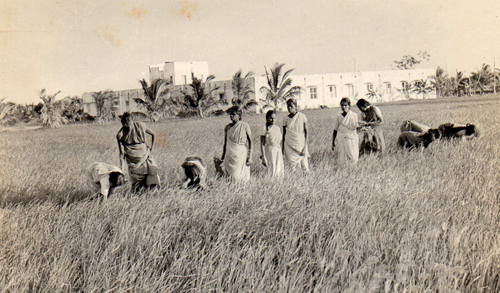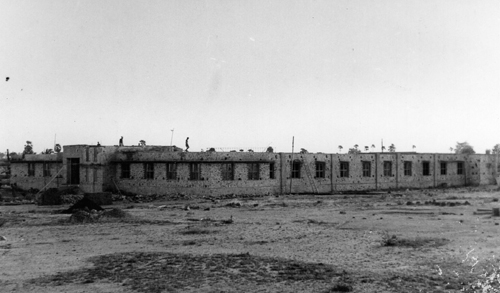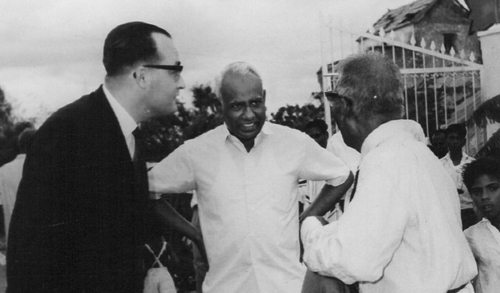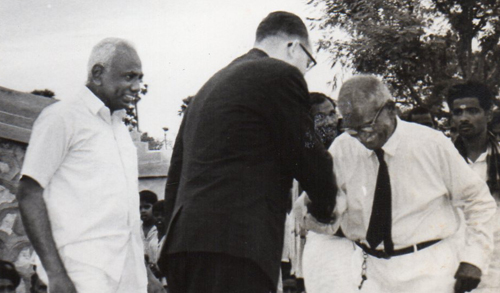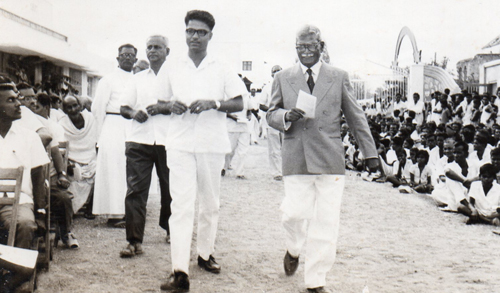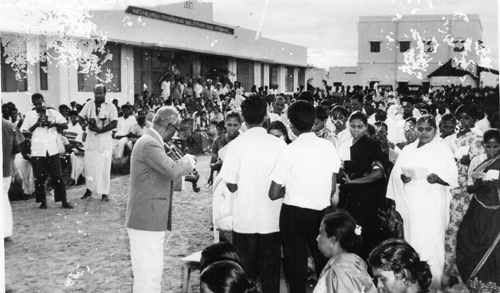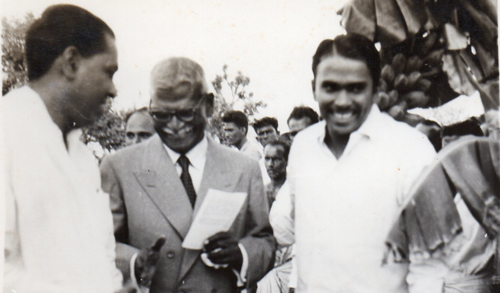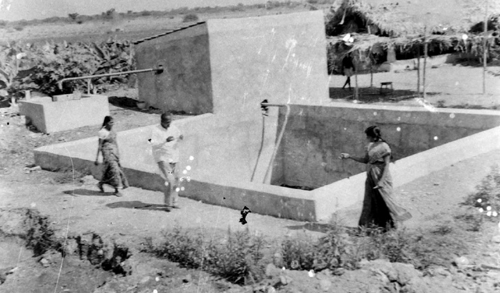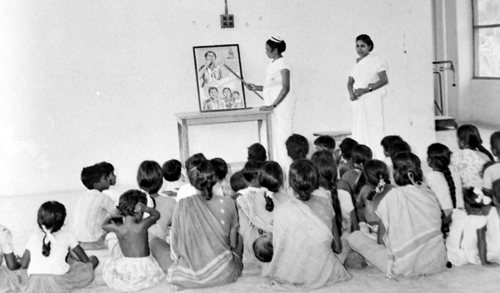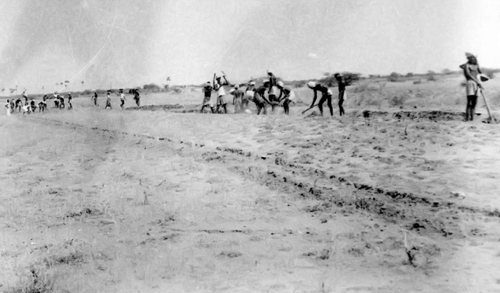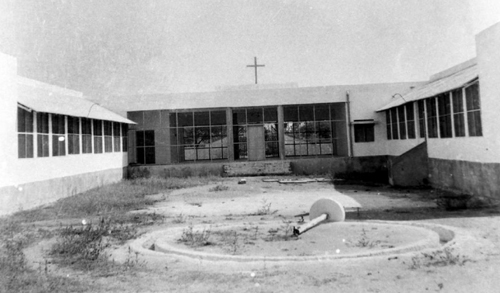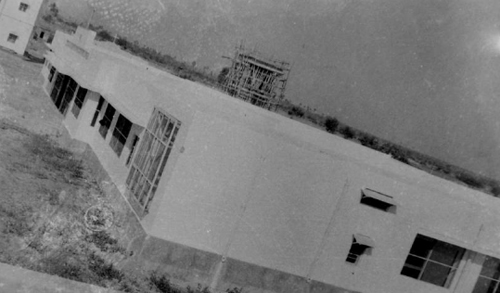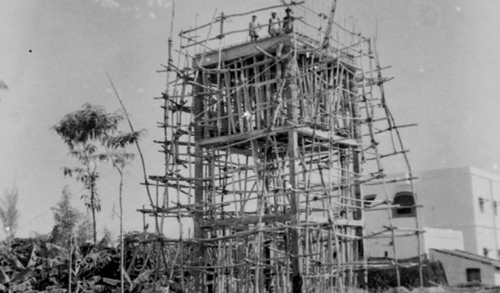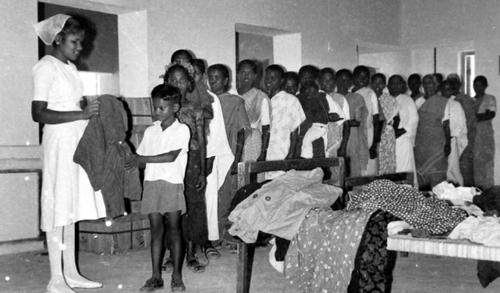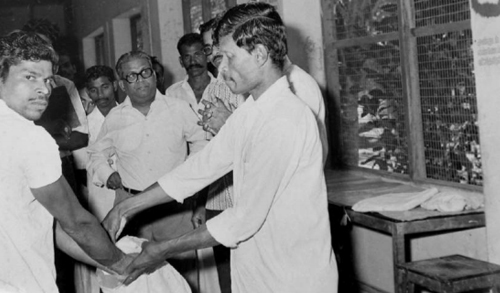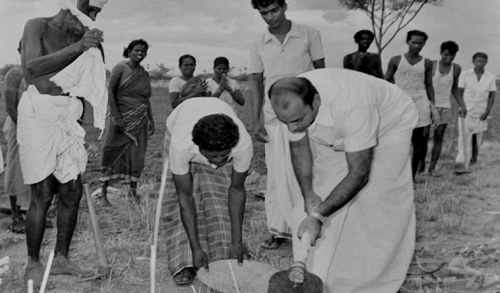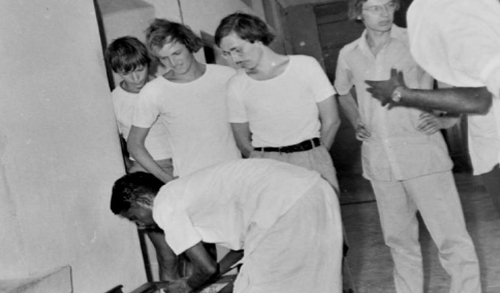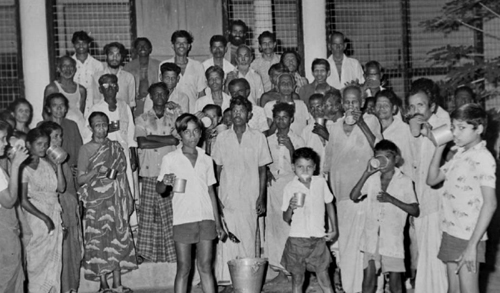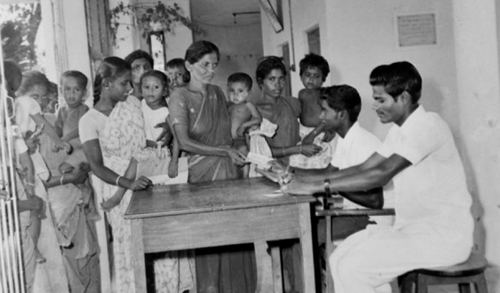History

St. Luke's Hospital at Nazareth
Established in the year 1870, the hospital being true to its origin has been serving the poor and needy irrespective of caste, creed or religion. The first qualified doctor of Christian Mission in India was the SPG missionary Rev. Dr. J.M. Strachan MD., of Edinburgh.
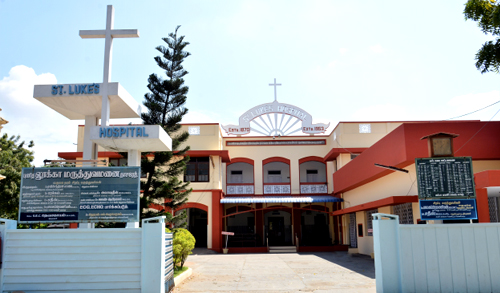
He worked in various parts of South India before opening full time regular medical mission at Nazareth. He was soon called off for higher commitment as the Bishop of Rangoon. The work he started was handed over to Canon Arthur Margoschis in 1876 who was a visionary in the true sense. He is popularly known as the Father of Nazareth. He Christened the hospital its present name on the St. Luke's Day i.e., 18th Oct. 1892. After his death in 1908, the hospital survived in the able hands of Dr. Devaprium, Dr. Mrs. Western (1909 - 1912) and Rev. Dr. Welsh (1914 - 1916).
Dr. Rathnam Vedabodakam, a dedicated young doctor took charge of the hospital as medical officer in 1916. He was ably assisted by his wife Dr. Ruby Grace Vedabodakam. He played a major role in the growth of the hospital. Both infrastructural and medical services saw an exponential growth.
He enjoyed great support from the community and well wishers. His motto of " To heal the sick and preach the Gospel " is still followed. After his retirement in 1958, a lot of doctors contributed to the well being of the hospital, with a special mention of Dr. Kamali Jeyaseelan who served from 1972 to 2002, under whom the hospital became 100 bedded.
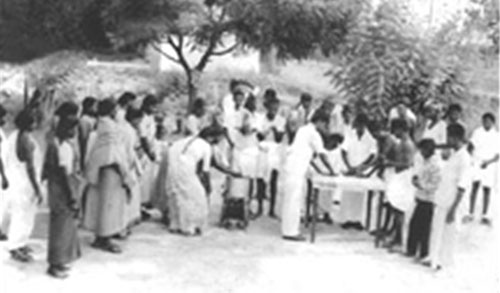
The Need :
The concept of a leprosy hospital was an exclusive asylum located far away from the town. With vision and courage Dr.Vedabodakam opened a leprosy wing in this general hospital, situated in the middle of the village. There were inevitable protests from the villagers, against the "lepers". A man of extra-ordinary courage, both physical and spiritual, Dr. Vedabodakam stood his ground. Thus was born the leprosy clinic at St.Luke's Hospital, Nazareth, the mother of St.Luke's Leprosarium, Peikulam.
Then came into the Indian market, DDS the first anti-leprosy drug. Dr. Vedabodakam treated his leprosy patients with optimism born of the hope of cure of this scourge for the first time in the history of mankind.
In 1954, the attendance rate of the leprosy wing plummeted. Dr. Vedabodakam was perplexed. Those were days when there were no motorable roads. He walked all the way to the villages, knocked at the doors of each and every patient. "Doctor Ayyaah! (Doctor-Sir) we have to trek 16 miles to reach the hospital through sand, stewn with thorns", they lamented. "The heat in the summer month (May) is killing. By the time we reach the hospital, some of us who started with two good feet, end up with huge blisters in both of them. What more, the famine has hit us so hard; we don't even have enough food to eat. How can we think of medical treatment?
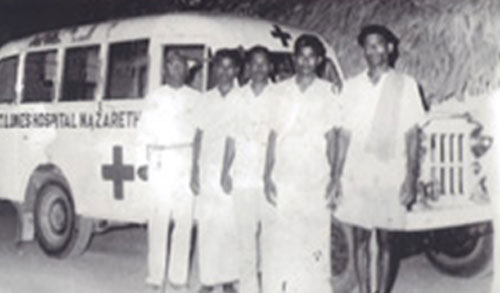
St.Luke's Leprosarium - Peikulam :
The beginning of the "Peikulam Leprosarium" is interesting to narrate. During the year 1952 about 6 leprosy patients from Peikulam area were attending the out-patient department at St.Luke's Hospital, Nazareth, which is 22 kms away from Peikulam. As a result of the treatment, their condition began to show signs of improvement. But suddenly they stopped attending. By force of worsening economic conditions, by the repeated failure of seasonal rains as well as the distance to be travelled to obtain the monthly supply of tablets. In order to obtain first hand information about these absentees, we traced them to their villages, where we had never been before.
We did find them faminished and with blistered feet and a tale of woe resulting from drought and the strain of walking in the midday sun. Their plight suggested an immediate sample survey of the locality.This was undertaken at once and it revealed a tragic situation. Dr.R.Vedabodakam and his team dared not fall back. Bi-weekly we visited their scene of infected villages and attempted distributing sulphone tablets ( at that time sulphone was the only anti-leprosy drug) in the vicinity of the villages standing in the shade of trees.
Multitude of patients collected the tablets. But to their surprise, the villagers chased Dr.R.Vedabodakam's team out in many places, as those villagers presumed, these highly infected cases should import this terrible disease into their village. This went on for the space of one full year. Opposition also came in from the villagers who resented the influx of "lepers" to their village and the import of infection. Dr.Vedabodakam was forced to shift the clinic from village to village no less than seven times and grave numerous dangers from poisonous snakes to angry villagers.
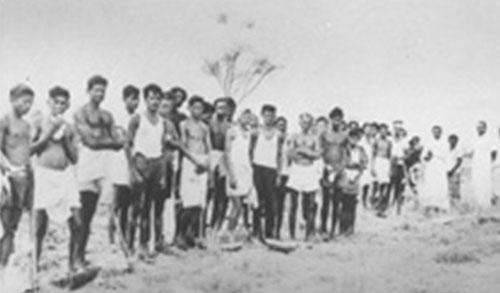
The Help :
Dr. Vedabodakam met the District Collector, "Please give one cent of "Poramboke Land" (unaccounted land) for our leprosy hospital", he pleaded. But the Collector would not budge. "If you don't help", thundered Dr. Vedabodakam, "my Heavenly Father would" and strode off. Touched by Dr. Vedabodakam's courage and faith, the Collector verified Dr. Vedabodakam's claim and ordered the alienation of one acre of land in favour of St. Luke's Leprosarium.
Dr. Vedabodakam put up a thatched shed and ran his clinic from there. A deeply religious person, Dr.Vedabodakam, shared his burden with other God's children.
They in turn stormed the citadels of heaven with their prayers. Their prayers were heard by the heaven and echoed back in England. 'The Mission to Lepers' (now the The Leprosy Mission) learnt of the plight of Dr.Vedabodakam's patients in a hyperendemic area and responded with a gift of 23,000 /-.
With this, Dr. Vedabodakam built the first O.P.Block-cum-ward for 6 inpatients, in 1956. Then the American Leprosy Mission pitched in with a gift of 32,000/- with which the women's ward with 32 beds was built in 1963. Afterwards the Central Agency Bonn (West) Germany came to the rescue, gifting a men's ward with 64 beds costing more than 3,00,000/-, in 1969. Then Dr.R.Vedabodakam started a Rehabilitation Centre for these patients, just 2.5 Km away from the leprosy clinic.
There were lot of local people who came forward and donated their lands for this Rehabilitation Centre, which included works such as coconut plantation, cultivation of paddy, fruits, and vegetables. Making chalk pieces, coconut tree leaf mat weaving etc., were also taught. The cured patients were placed in this Rehabilitation Centre, where they were trained and given a new hope for their life. St.Luke's Leprosarium helped not only in the welfare of leprosy patients but of their children too.
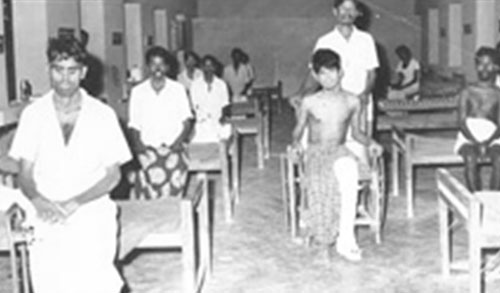
Ideology :
Firstly, It is purely a venture of faith. It did not start with a project and fund allocation. It was a leap into the dark, in response to a challenge. Thirdly, it is an indigenous enterprise. Most mission hospitals were founded by foreign missions. St.Luke's Leprosarium is an Indian initiative and endeavour. Finally, it is an inspiring example of what God will do when one man cares. Dr. Rathnam Vedabodakam came to be known as a pioneer black missionary doctor.
Heal the Sick
And
Preach the Gospel
This is the fundamental motto of our leprosy service, as taught by our beloved founder Dr.Vedabodakam. Our principle is, Restoring health, Hope and Dignity to the people affected by leprosy.
Photo Gallery















